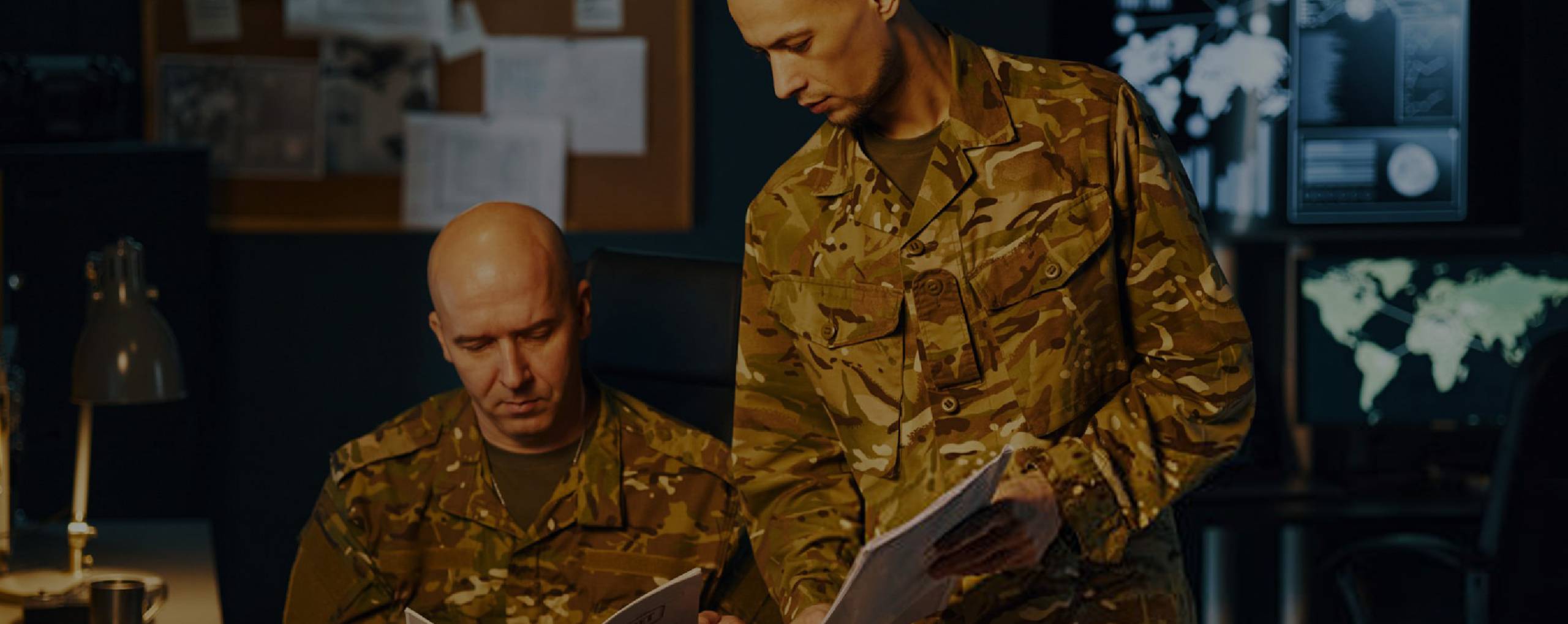𝗦𝗲𝗰𝘂𝗿𝗶𝗻𝗴 𝗕𝗼𝗿𝗱𝗲𝗿𝘀 𝘄𝗶𝘁𝗵 𝗕𝗮𝗻𝗸𝗶𝗻𝗴: 𝗧𝗵𝗲 𝗥𝗼𝗹𝗲 𝗼𝗳 𝗖𝗙𝗧 𝗶𝗻 𝗡𝗮𝘁𝗶𝗼𝗻𝗮𝗹 𝗦𝗲𝗰𝘂𝗿𝗶𝘁𝘆

In a recent investigation, our team uncovered a complex fraud operation involving 30–40 ghost vendors using newly opened accounts in small cooperative banks. While the fraud itself amounted to $4.75 million, the more alarming insight was the potential national security risk—what if such funds were channeled toward terrorism?
This eye-opening experience led us to explore Countering the Financing of Terrorism (CFT) more deeply. Along with my colleague Krutarth Vyas, we’re launching a series that will delve into the history, strategies, and frameworks that make CFT a cornerstone of modern national security.
What is CFT?
CFT (also known as CTF) stands for Countering the Financing of Terrorism. At its core, it’s about interrupting the money flow that enables terrorism to thrive. CFT is closely linked to Anti-Money Laundering (AML) but focuses specifically on identifying, tracking, and blocking funds intended for terrorist activities.
Origins: Where It All Began
The roots of CFT can be traced back to the Bank Secrecy Act (BSA), 1970, enacted in the U.S. to compel financial institutions to develop AML programs. However, these early efforts didn’t directly address terrorism financing.
A turning point came in 1999, when the United Nations General Assembly adopted the International Convention for the Suppression of the Financing of Terrorism. But it was the 9/11 attacks in 2001 that became the true global catalyst. In the aftermath:
FATF (Financial Action Task Force) expanded its scope to include terrorist financing alongside money laundering.
The IMF integrated CFT objectives into its financial sector assessments and support initiatives.
The Current Landscape
Today, FATF provides a comprehensive set of 40+ Recommendations aimed at preventing money laundering, terrorist financing, and financing of weapons proliferation. These are used globally as the gold standard for financial security.
Meanwhile, the IMF’s Executive Board oversees the global AML/CFT strategy through a 5-year review policy cycle, ensuring that efforts remain updated and effective.
India’s Legal Framework
In India, CFT is addressed through two major legislations:
The Prevention of Money Laundering Act (PMLA), 2002 – India’s flagship AML law, also covering terrorist financing.
The Unlawful Activities (Prevention) Act (UAPA), 1967 – Amended in 2004 to specifically criminalize the financing of terrorism, and again in 2008 to align with UN conventions.
Why CFT Is National Security
In a digital and interconnected world, money moves faster than people or weapons. Today, securing financial systems is as vital as securing physical borders.
CFT is not just a compliance function — it’s a national duty. By identifying, tracking, and disrupting financial networks behind terrorism, we don’t just stop a transaction — we prevent violence, conflict, and chaos.
The Road Ahead
Through this series, we aim to foster awareness, share insights, and build a community of professionals who understand the critical role that CFT plays in securing nations from invisible threats.
Stay tuned as we unpack the evolution, tactics, and impact of counter-terrorism financing in future posts.
In today’s world, securing our financial systems is as crucial as securing our borders. CFT plays a vital role in protecting national security, we aim to deepen our understanding and connect with like-minded professionals.

